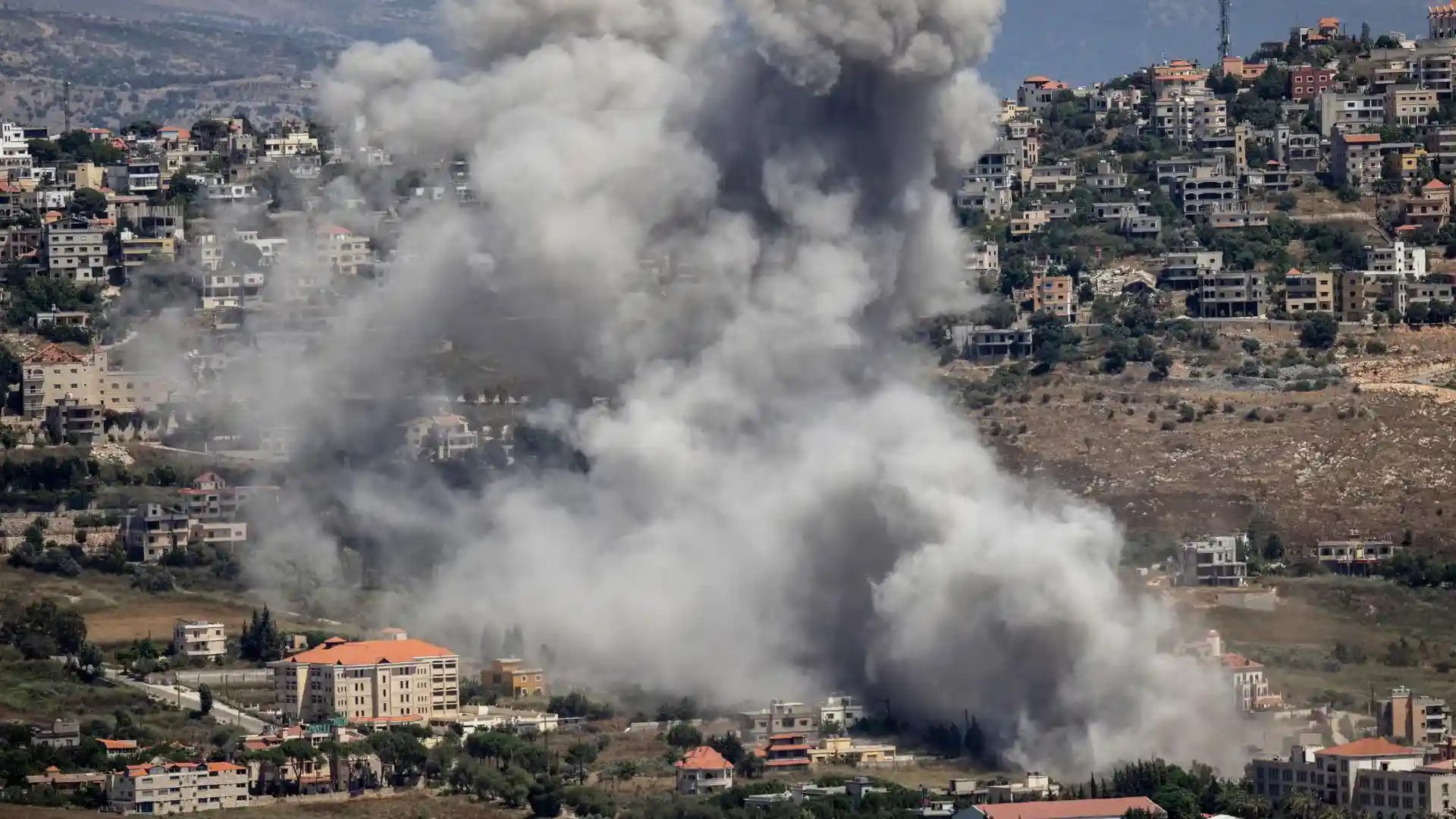Ukrainian ground troops and mechanized forces have advanced over 30 kilometers into Russian territory. This bold move, which originated from Ukraine’s Sumy Oblast, marks one of the most significant developments in the war to date and has caught Russian forces off guard.
According to reports, over 1,000 Ukrainian troops crossed the international border and moved into Russia’s Kursk Oblast, where they are now engaged in combat operations. This surprise incursion has led to intense artillery and drone attacks by Ukrainian forces, further destabilizing the region and forcing Russia to scramble its military resources to halt the advance.
The Institute for the Study of War (ISW), a U.S.-based non-profit, has confirmed the Ukrainian advance through geolocated videos and images, mapping the areas where Ukrainian forces have established a presence. The institute’s analysis indicates that Ukrainian troops have reached several key locations within Russia, including Sverdlikovo, Sudzha, Malaya, and Lyubimovka.
Russian President Vladimir Putin has condemned the incursion, labeling it a “large-scale provocation” by Kyiv. Russian military officials, including top generals, have vowed to repel the Ukrainian forces and prevent further advances. Despite this, reports suggest that Ukrainian forces have breached field fortifications manned by Russian conscripts, FSB border guards, and Chechen “Akhmat” units, the latter being a motorized unit from the Chechen Republic allied with Russia.
Mixed Reactions and Strategic Uncertainty
The objectives of the Ukrainian incursion remain unclear. However, it has been described as the most formidable challenge to Russia since the war began in February 2022. The operation has sparked widespread concern in Russia, leading to the declaration of a “federal emergency” and the mobilization of additional troops and military hardware to the affected region.
A spokesperson for the ISW noted that while the Ukrainian advance has been “rapid,” it appears that the forces “do not control that area” and may be conducting strategic raids rather than holding territory. Russian military bloggers have reported that Ukrainian units are advancing in small groups, bypassing fortifications, and engaging Russian forces before retreating without attempting to consolidate control.
This new front in the conflict is far removed from the areas in eastern Ukraine that have seen the most intense fighting. Historically, regions such as Donetsk, Luhansk, and Horlivka, now under Russian control, have been central to the conflict. The Ukrainian advance into Kursk adds a new dimension to the war, potentially forcing Russia to divert resources from its established positions in eastern Ukraine.
International Response and Broader Implications
The international community is closely monitoring the situation, with particular concern over the potential for escalation. The United States has indicated that it is seeking clarification from Kyiv about the nature and intent of the operation. “We are reaching out to our Ukrainian counterparts to get a little better understanding,” said U.S. National Security Council spokesman John Kirby. He reiterated that U.S. policy remains unchanged, emphasizing that Ukraine is only authorized to use U.S.-supplied weapons to target “imminent threats just across the border.”
In a related development, Russia’s response to the Ukrainian advance has included a brutal artillery strike on a supermarket in Kostyantynivka, eastern Ukraine, killing ten people and wounding 35 others. Ukrainian President Volodymyr Zelensky has condemned the attack, promising that “Russia will be held accountable for this terror” and vowing to continue defending Ukraine with international support.
The Stakes of the Incursion
The incursion into Kursk may be a strategic move by Ukraine to gain leverage in any future negotiations for a truce. By forcing Russia to deploy additional troops to defend its borders, Ukraine could be attempting to stretch Russian military resources thin, potentially weakening their positions in other contested areas like Kharkiv, a major flashpoint since the war began.
The operation’s long-term goals remain uncertain, but it has already demonstrated Ukraine’s willingness to take bold actions that could reshape the dynamics of the conflict.
Must Read: HP Plans To Shift Personal Computer Production Away From China

















